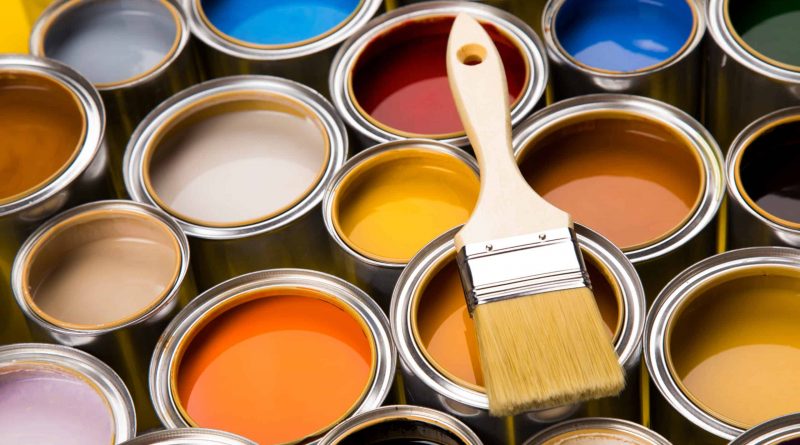The Different Types of Paints: How to Choose the Right Medium for Your Art
People are born with an innate sense and need to create. And art gives us the perfect opportunity to express this in various ways using different kinds of mediums, even in prehistoric times. Today, we can witness various forms of art made thousands of years ago, including cave paintings, rock engravings found in shelters, and the making of some stunning sculptures, shrines, and objects that leave us completely in awe.
Artists have always chosen to use mediums and concepts that fit their skills. You may have heard people using the term “tempera on board, “oil on canvas” or “gouache on paper”. Because painting encompasses such a wide variety of styles and the usage of various techniques and paints, it deserves its own section to be able to understand it better. Whether you are a beginner artist yourself or a more experienced one, you can benefit from learning about each type of paint and how to select the right medium for your specific artwork.
How Do You Select the Right Type of Paint?
Consider the Different Types of Paints
Acrylics
Before you start working on an art piece you should get to know some of the features of the most often used paints including, acrylic, tempera, oils, pastels, etc. If you are a more experienced artist and you can mix and match colours with ease you may decide to use acrylic paint since they are fast drying. Painting with acrylic colours allows artists to add layers or textures to their artwork, which gives depth to the painting. However, if you aren’t that experienced you may decide to try acrylic pouring paints as this technique implies using more fluid and free movements by the artist so there’s no such thing as painting out of the lines or making a mistake.
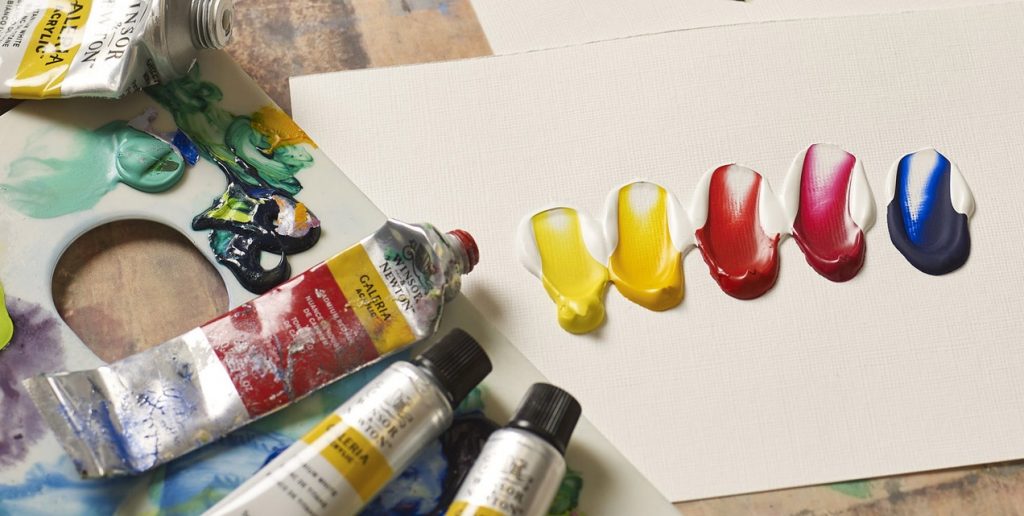
The mixing of different poring colours often results in creating a stunning piece of artwork, with a smooth and glossy finish and marble-like patterns. For this technique, you don’t need any previous experience in drawing or painting. Therefore people of all ages can indulge in this kind of hobby and create nice pieces of artwork without much effort.
Oils
Compared to acrylics, oil paints need much more time to dry which some artists consider it is an advantage. This creates a perfect opportunity for them to change some segments in their artwork they don’t like while still wet or add another layer of paint onto the canvas. These paints are highly pigmented and versatile which gives artists the ability to create stunning art pieces with visual colours and depth. They can be applied in many different ways to create various forms of artwork.
Watercolours
Using watercolours to create art is another medium often employed in the world of art. The truth is you don’t have to be skillful and experienced to start using it. Watercolour technique is considered a unique technique that is often used to add translucent quality to the painting and creatively represent different emotions, dreams, and illusions on the painting surface.
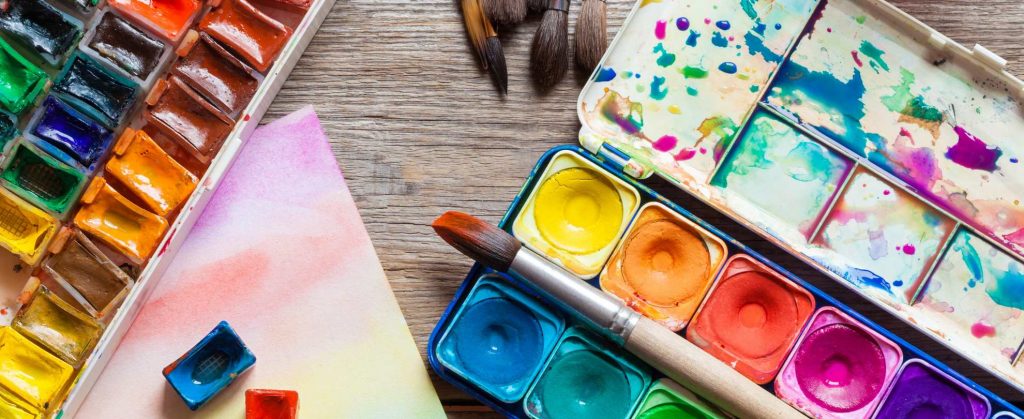
The quality of the watercolour paper is of great importance when it comes to this style of painting. If you pick the right surface it can greatly enhance your artwork. Artists usually love to work on rough paper as the textured surface is brilliant if you want to get the most out of your paints.
Choose Paint According to the Type of Painting Style
Before you start unleashing your art skills on canvas it’s good to learn more about which paints are suitable for certain art projects. For instance, you may be wondering how to decide what type of paint to use when painting landscapes? However, this takes practice and experimenting with different mediums. For instance, for kindergarten kids, art means colouring with crayons and pencils, but once they get older their art teachers introduce them to different types of paints, such as watercolour and tempera. Experimenting with a wide range of paints can broaden your artistic skills and give you clues on which technique and art best suit your skills.
Impasto
For instance, the most traditional type of medium for impasto painting is oil paint. This painting technique uses thick layers of paint so that the brush strokes are visible in the final artwork. Due to its thick consistency and slow drying time, oils make the perfect type of medium for this form of art.
Mural Art
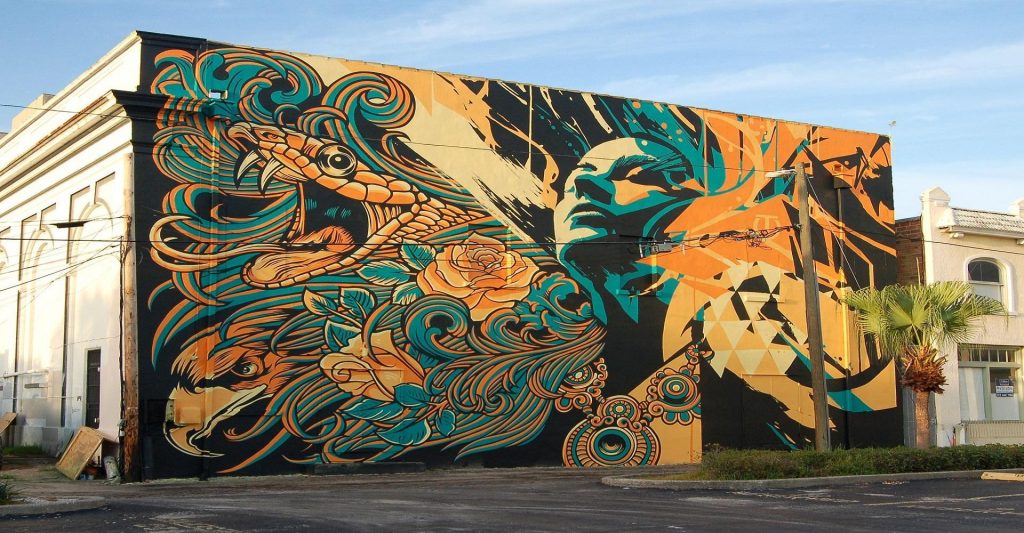
On the other hand, acrylic fluid paint is most commonly used for making mural art. The existence of mural art can be traced back to the late Stone Age. Mural art often referred to as ‘wall art ‘ is the only type of art painting that lets you beautify a place by displaying stunning three-dimensional forms of artwork paintings.
Abstract Art
Free-minded individuals who are more open to the abstract forms of art are often inclined to use the pouring painting technique. This painting technique sometimes called fluid or flow art, is a style that captivates many artists and art lovers today. This form of art often uses acrylic pouring paints to create flowy movements and smooth swirls with bright and vivid colours.
Still Life Art
Still life art technique depicts inanimate objects like cutlery, flowers, pots, vase, and other everyday objects. For this technique, you can use various forms of paints, including tempera, acrylic, and watercolors.
Realistic Art
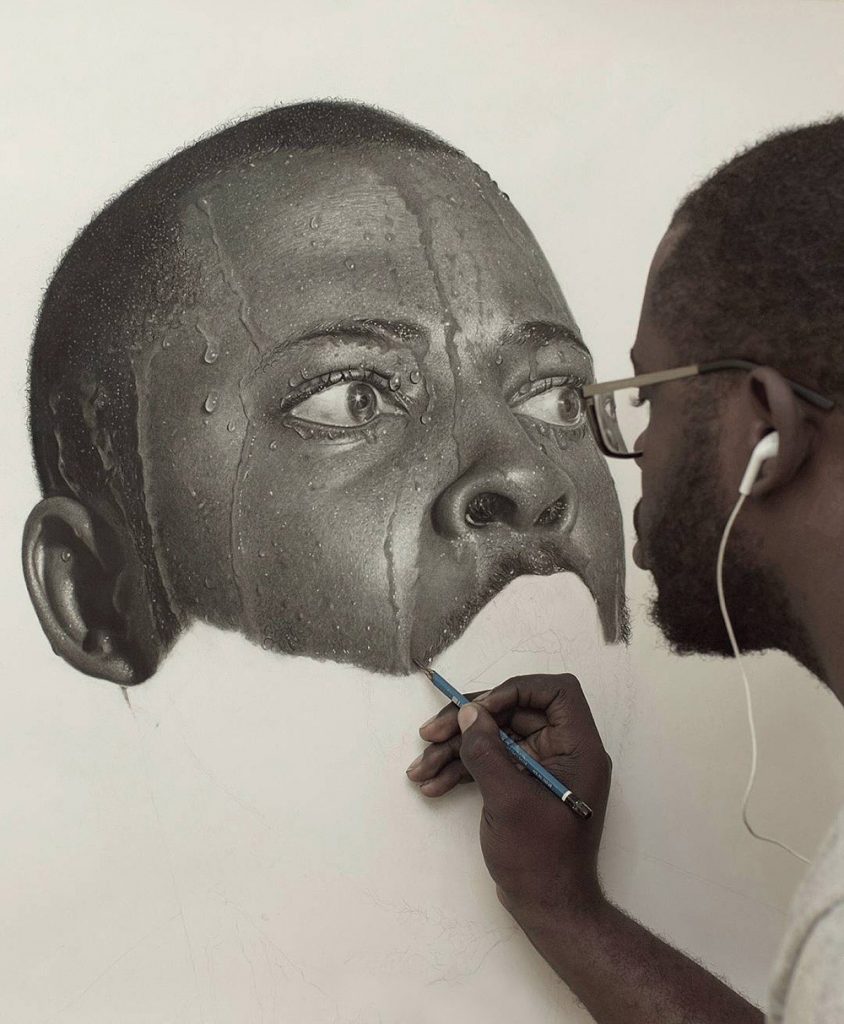
Compared to it, for making realistic art, artists usually use mediums such as oils, crayons, watercolurs, coloured pencils, and pastels to paint photo-realistically. This artistic movement has its origin in the mid-nineteenth century and is characterized by artworks painted in a realistic almost photographic way.
Consider Your Budget
Whichever type of paint you decide to use will often depend on your skills, experience, and budget. If you are a beginner artist you may start experimenting with cheaper paints such as tempera and watercolours. Once you master your painting skills you can start using some other types of mediums such as acrylic paint and start painting on canvas. Moreover, acrylic paints are much less expensive than oil paint which makes them suitable for artists on a budget.

